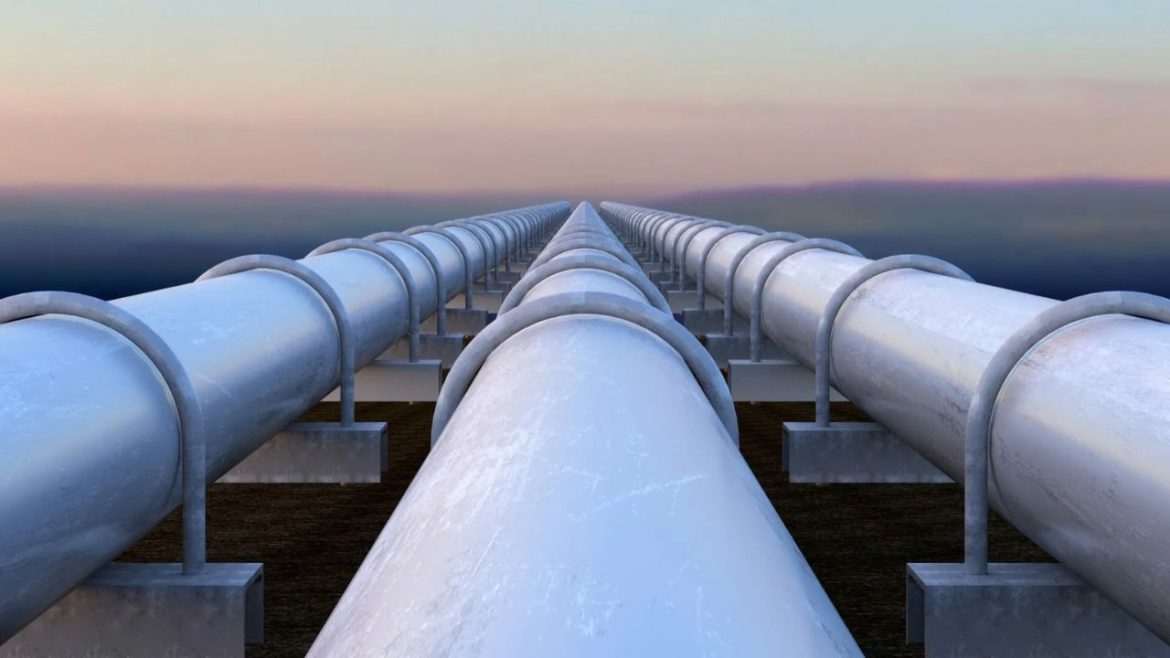Pipeline transport is a very important aspect, mainly in the energy industry, including the transport of oil, natural gas and other products. However, transporting such hazardous materials through pipelines offers a number of safety concerns. To mitigate these challenges, there have been vigorous measures put in place in terms of safety measures, in industries engaging in pipeline construction and management. Tuspipe, a manufacturer and supplier of API 5L pipes, is playing a pivotal role in fulfilling many industries’ safety specifications through a range of high-quality pipes that meet safety and regulatory standards from different international safety and regulation standards. The article highlights Pipeline Transport Advantages And Disadvantages, safety regulations and standards.
Safety Standards in Pipeline Transport
Pipeline transportation safety begins during pipeline construction.
Material Selection and Quality Control
Tuspipe pipeline construction utilizes only the best materials, including carbon steel and other corrosion-resistant alloys. This is due to standards such as API 5L so as to enable pipes to bear pressure and stress forces from the environment.
Welding and Joining Methods
By requirements of pipeline construction, the welds are needed to stay strong, in other words, the weaknesses are prohibited on the welds. The welding procedure for pipeline construction is regulated by ISO and ASME standards.
Inspection and Testing
This is applicable to pipelines where pressure tests, voltage tests, or other non-destructive techniques are conducted before pipeline commissioning. These tests identify any probable flaws or cracks that can exist within the pipe or even welds.
International Standards and Authorities of Pipeline Transport
Many organisations and bodies regulate pipeline safety all over the world. These organizations set codes, promulgate measures, and compel adherence to standards for safe and effective pipeline performance. The API is one of the leading organizations that specialise in the oil and gas industries. The API has put together many specifications for pipelines and associated equipment for working with oil and gas, among which: The API 5L standard defines requirements for pipe steel for pipeline transport of oil and gas. As a manufacturer of API 5L pipes, Tuspipe delivers products that meet this standard, offering pipelines that are strong, durable and able to withstand adverse weather conditions. The PHMSA is responsible for the implementation of majors that concern the construction of pipelines, their operation, and maintenance, with the ultimate goal of protecting against pipeline failures and the subsequent dangerous transport of such materials. The regulations set by the PHMSA are beneficial because they mean the pipeline operators have to follow the necessary safety measures such as inspections at regular intervals, regular and proper maintenance, right type of materials, including pipes as offered by Tuspipe. European operations act mandatorily under European Union regulations provisioned in the Mobile Equipment Directive that compels operators to conduct routine inspections, adopt Safety Management Systems and adhere to strict operational practices so as to reduce or even eliminate the possibility of an accident. This European Standard enhances the information that Tuspipe’s pipes are fit for use in meeting EU safety standards.
Pipeline Transport Operating Safety
In operation, safety must be kept paramount because accidental loss, leaks or spills could occur.
Leak Detection Systems
Today, the pipeline implements high-tech leak detection such as pressure and shut down systems. Federal PHMSA regulations demand the use of these systems to identify and address leakage quickly.
Right-of-Way Management
Eliminating the dangers of the land in which the pipeline is situated is very important. Owners are compelled to keep the pipeline’s right-of way ( the surrounding land which the pipeline crosses) free from any construction to avoid interference with the pipeline and also for access for inspection and repair.
Remote Monitoring
Innovations in this field have made it possible to incorporate real-time remote monitoring systems that monitor the pressure, temperature and flow systems of pipelines whereby in case of occurrence of an irregularity that would be seen as a danger or threat to safety, the operators get to note it.
Maintenance and Inspection of Pipeline Transport
It will be appropriate to conclude that pipeline integrity assessment and assessment detection are major factors critical in the long-term safety of pipelines. Smart pipeline inspection gauges are very effective in visual and Inline inspections, assisting in identifying corrosion, cracks, or any other signs of pipeline damage. In Tuspipe pipeline structures, ways like cathodic protection are applied to avoid corrosion. These techniques are controlled so that the pipelines will still function optimally with little or no deformities as time progresses.
Conclusion
Policies governing safety requirements are the basic principles that guide the flow of the Tuspipe pipeline transport system. Despite challenges posed by regulatory organizations, technology execution, and the best practices of pipeline transport, pipeline transport remains one of the safest approaches to moving critical resources. Compliance with these standards reduces the environmental impacts, enhances safety for the public, and guards the infrastructure to make pipeline transport an effective, efficient, and secure mode of moving energy and chemical products around the world.

